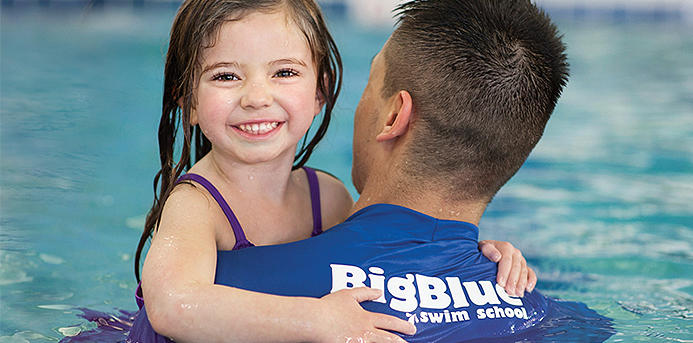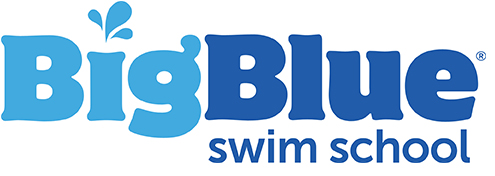Swim lessons are a fun way for your kids to stay active year-round. Swim instruction has changed a lot in recent years, so follow these tips to make sure you’re getting the best possible experience for you and your family.
1. Safety
Instructors should be well trained to never turn their back on their swimmers. In addition, classes for non-independent swimmers, who are not accompanied by a parent or caretaker, should be overseen by a lifeguard and an instructor.
2. Instructors
Part-time, underpaid, and undertrained instructors with poor attendance are far too common. Ask about your swim-lesson provider’s instructors. Professional, skilled instructors are going to give your child the kind of experience they deserve.
3. Class Size
Beginners (typically 3- to 5-year-olds) should be in a class with no more than three swimmers per instructor. Lessons for beginners over the age of 5 should still be in a class no larger than four swimmers per instructor. You want to ensure your child will get enough attention from his or her teacher.
4. Progress
Progress in swim lessons is difficult to predict, but if you’re not seeing results after three months, it’s time to move on. Be sure to choose a program that allows you to easily track your child’s progress. A real-time, online progress tracker as well as frequent conversations with your instructor are a must.
5. Flexibility
Don’t let yourself get locked into a progress-killing session. You want your kids to be able to move up to the next level as soon as they are ready. Year-round, continuous programs that let you start and stop at your convenience are best for your schedule and ideal for your child’s progress.
6. Make-Up Lessons
Eventually other commitments will come up, and you will miss a class. If your provider does not allow you to make up your class at no additional charge, then not only will your cost per lesson go through the roof, but your child’s progress may suffer. Seek a provider with a make-up policy that accommodates the occasional scheduling conflict.
7. Cost
A good swim lesson should last at least 30 minutes and cost a little over $20. However, many providers tack on added charges like registration fees, yearly membership fees and facility fees, which can really add up. Make sure you account for these charges when comparing providers.
8. Facility
A facility solely dedicated to teaching children how to swim will provide an ideal environment for maximizing your child’s safety, comfort and learning. Look for a pool with clear water that is kept over 90 degrees. Some salt-water pools claim to use less chlorine, however the state of Illinois requires all pools to maintain chlorine levels of 2.0 to 4.0 parts per million.
9. Lane Size
A lesson typically occurs in a sectioned-off area of the pool called a “lane.” If your child’s lane is too small, or has too many children in it, their progress may be hindered. Your child should have at least a 15-foot-long lane if they are under 5 years old, and a 25-foot-long lane if they are over 5 years old.
10. Convenience
You shouldn’t have to wait days or weeks to confirm the time slots for your child’s activities. Opt for providers who offer the convenience of full, online registration or the option to speak with an experienced representative over the phone or in person.
Read “Top 10 Reasons Big Blue is Best for Your Child” here.
About the Author
As owner and co-founder of Big Blue Swim School, five-time U.S. National Champion and former American record-holding swimmer Chris DeJong shares his wealth of swimming experience and love for the sport with families across Chicagoland.


